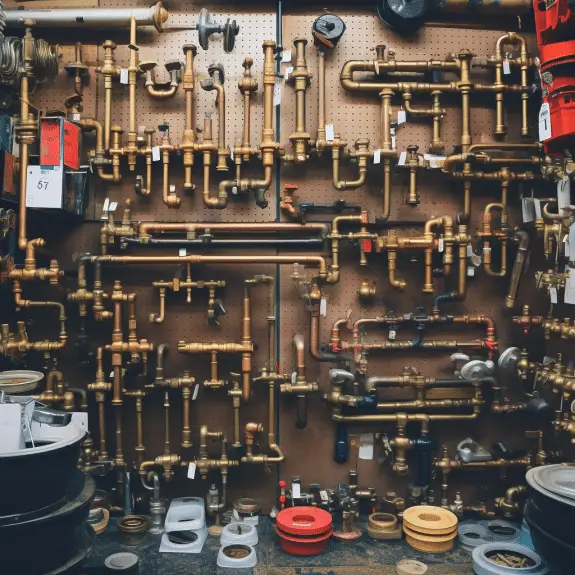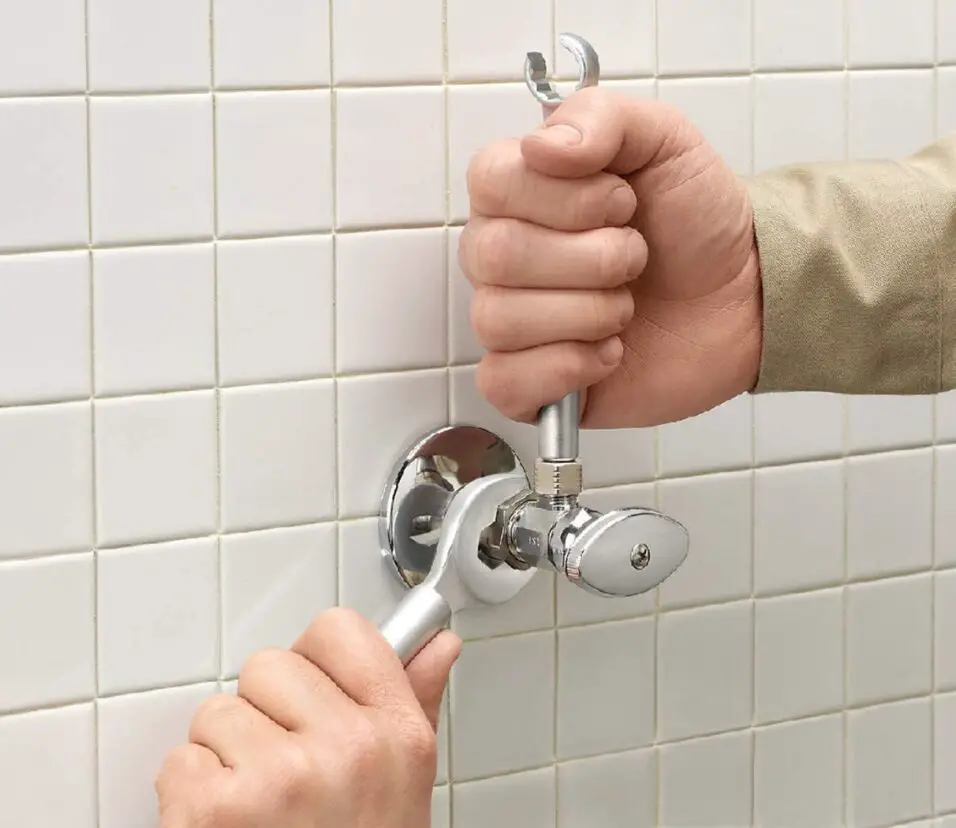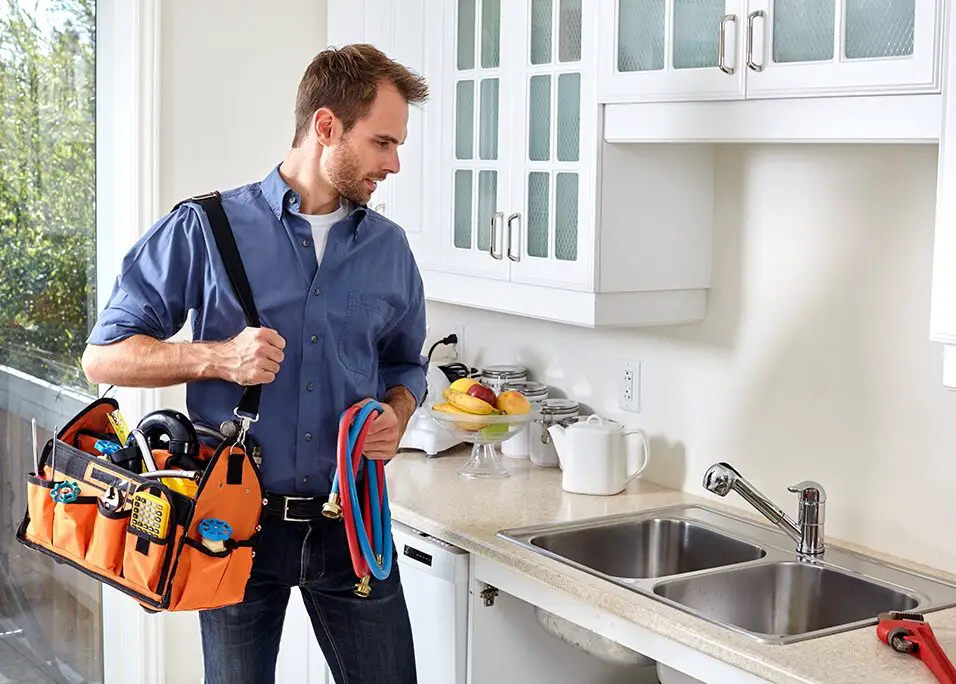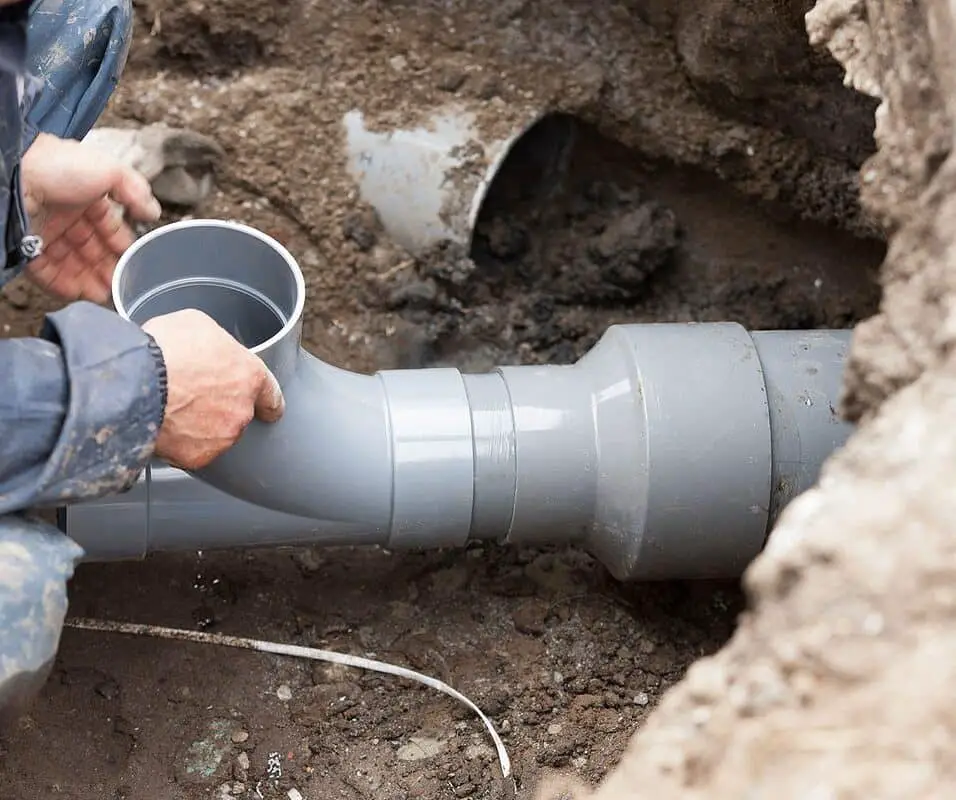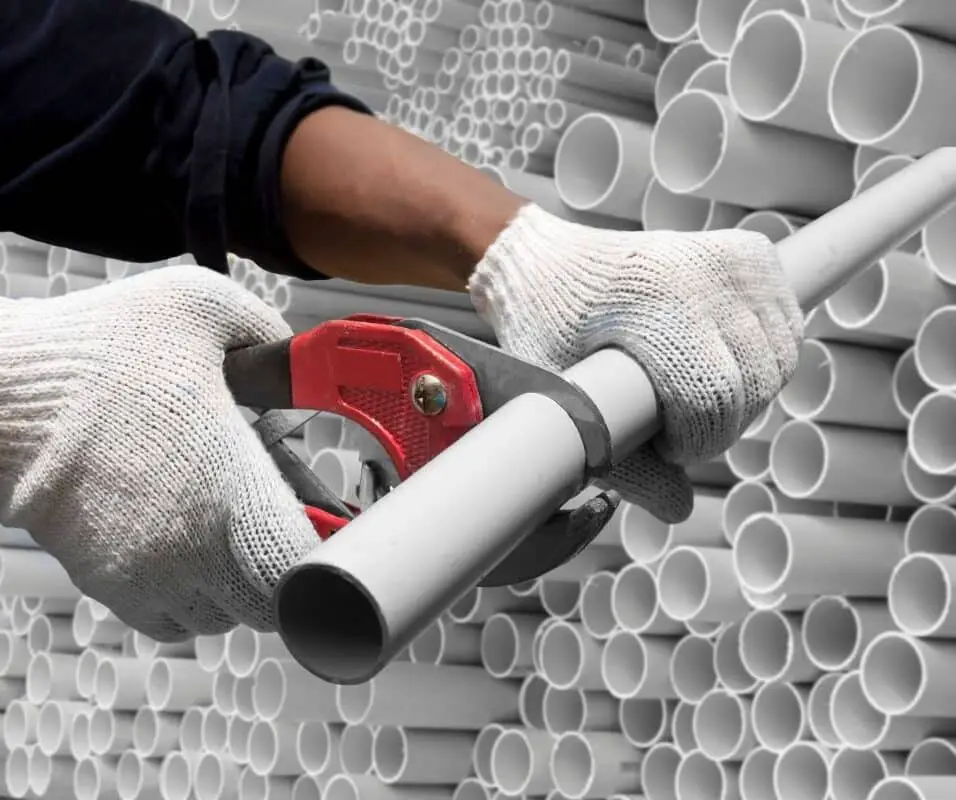Where Is The Plumbing Vent Located
Introduction:
Where Is The Plumbing Vent Located: Plumbing vents play a crucial role in the functionality and efficiency of a building’s plumbing system. While the pipes that carry water and waste are often visible, the plumbing vent is a hidden component that is equally important. Understanding the location and purpose of plumbing vents is essential for homeowners, contractors, and anyone involved in plumbing installations or maintenance.
First and foremost, it is important to grasp the purpose of a plumbing vent. The plumbing vent serves as an essential part of the drainage system, allowing air to enter the pipes and regulate pressure. When water flows down a drain or toilet, the vent provides a pathway for air to enter the pipe, preventing suction and maintaining smooth drainage. Without a properly located vent, the plumbing system can experience problems such as slow drainage, gurgling noises, or even sewer gas backup into the building. Therefore, the correct placement of plumbing vents is crucial for the overall performance of the plumbing system.
Now that we understand the importance of plumbing vents, let us explore their typical locations within a building. The vent pipe, also known as a stack, extends vertically through the building, connecting to the plumbing system below. However, it is worth noting that the precise location of the plumbing vent may vary depending on the building’s design, local building codes, and the type of plumbing system in use.

Where is the toilet vent pipe located?
roof
A plumbing vent, or “stack,” travels from your plumbing to your roof through your attic. To release hazardous odors above nose level, install your plumbing vent on the roof.
The toilet vent pipe, also known as the toilet drain vent, is essential to toilet ventilation and performance. It lets air into the drainage system, prevents suction, and maintains waste removal pressure. Plumbers, contractors, and homeowners must know where the toilet vent pipe is.
Most toilet vent pipes link to the drainage system through the main plumbing stack. Buildings have a vertical plumbing stack that connects to the sewer or septic system. It is the building’s main garbage and wastewater outflow. Most toilet vent pipes are branch pipes that connect to the plumbing stack near the toilet.
The toilet vent pipe’s location depends on the building’s plumbing and construction. Plumbing installations follow some standard criteria. Ideal toilet vent pipe placement is within a few feet of the fixture. This proximity reduces blockages and guarantees the vent pipe can vent air from the toilet drainage system.
What is vent pipe in plumbing?
Vent pipes bring fresh air to drainage pipes so water can flow from the toilet, sink, or shower. Out of balance systems work against each other, causing plumbing troubles in your home. Ignoring these concerns can incur expensive repairs over time.
Vent pipes are essential to a building’s drainage system in plumbing. It allows air into the plumbing system, preventing negative pressure and ensuring wastewater flow. The vent pipe balances pressure, removes dangerous gasses, and ensures plumbing system drainage.
Vent pipes let air into the drainage system. Water flowing down a drain or toilet creates a suction that can slow wastewater movement. Without a vent pipe, negative pressure would impede drainage, make gurgling noises, and possibly suck water from traps, causing odors and filthy conditions.
Vent pipes travel vertically through the roof and are connected to the drainage system. The vent pipe permits outside air to enter the system by being vertical and higher than the fixtures. This air replaces wastewater, maintaining pipe pressure and guaranteeing efficient drainage.
Can a plumbing vent pipe leak water?
When this happens, the water can seep into the house along the pipe. Rusty and cracked collars around the vent pipe can allow rainwater to pool and eventually drip into a building or home.
Yes, it is possible for a plumbing vent pipe to leak water.
One possible cause of a plumbing vent pipe leak is a damaged or deteriorated pipe. Over time, vent pipes can develop cracks, holes, or corrosion due to various factors such as age, environmental conditions, or physical damage. These defects can allow water to escape from the pipe and potentially cause water damage to surrounding areas.
Another cause of vent pipe leaks can be related to improper installation or maintenance. Additionally, debris or obstructions in the vent pipe can disrupt the proper flow of air and cause water to accumulate and leak.
How many plumbing vents do I need?
1Individual vent permitted.
The number of plumbing vents required in a building depends on several factors, including the size of the structure, the number of plumbing fixtures, and local building codes and regulations. Plumbing vents play a crucial role in maintaining proper drainage and preventing issues such as slow drainage, gurgling noises, and sewer gas backup. In this essay, we will discuss the factors to consider when determining the number of plumbing vents needed in a building.
One of the primary considerations when determining the number of plumbing vents is the size of the building. Larger buildings typically require multiple plumbing vents to ensure proper air circulation and pressure regulation throughout the plumbing system. The size and complexity of the building’s plumbing network will dictate the number and distribution of vents needed. For example, multi-story buildings may require separate vent stacks for each floor, while smaller residential structures may only need a single vent stack.
The number of plumbing fixtures in a building also influences the requirement for plumbing vents. Each fixture, such as sinks, toilets, showers, and bathtubs, typically requires its own vent. These vents allow air to enter the drainage system, ensuring smooth and efficient flow. Local building codes often specify the minimum distance between fixtures and their corresponding vents, as well as the size and configuration of the vents.
What size is plumbing vent pipe?
The required size of the drain shall be determined in accordance with Chapter 30. Vent pipes shall be not less than 11/4 inches (32 mm) in diameter.
In most residential and commercial buildings, plumbing vent pipes are typically 1.5 to 2 inches in diameter. The smaller diameter is sufficient to allow adequate air flow and ventilation for these fixtures.
However, for larger fixtures or multiple fixtures connected to a single vent, larger vent pipe sizes may be required. For example, a kitchen sink with a garbage disposal or a combination bathtub/shower may require a 2-inch or even 3-inch vent pipe. This is to accommodate the increased drainage volume and maintain proper ventilation.
Should plumbing vent pipe be covered?
Cover roof vent pipes? Most roof vent pipes are plumbing and connected to wet water systems. It’s not essential to install a roof vent cap to keep rain out of the vent pipe.
The plumbing vent pipe, a vital part of a building’s plumbing system, lets air enter and exit the drainage system. Proper water flow, sewage gas prevention, and system functionality depend on this ventilation. Covering the plumbing vent pipe requires care and guidelines.
The plumbing exhaust line should not be blocked. It circulates air in the drainage system to balance pressure and prevent traps from being sucked by water. Air flowing freely via the vent pipe keeps the plumbing system running smoothly, reducing delayed drainage, gurgling noises, and odors.
Covering a plumbing vent pipe might be dangerous. It can impede drainage, causing backups and clogs. If the vent pipe is blocked, sewage gasses, especially deadly hydrogen sulfide, can flow into the structure and harm people. For system safety and compliance, building laws frequently require the plumbing vent pipe to be clear and unobstructed.
What size PVC pipe for plumbing vents?
For venting, 2″ and 3″ diameter pipes are commonly utilized, however 4″ and 6″ pipes are suitable for bigger appliances and commercial units.
The number of fixtures being vented, plumbing code requirements, and plumbing system design determine the size of PVC pipe used for plumbing vents. Most plumbing exhaust pipes are 1.5 or 2 inches in diameter.
Sink, shower, and bathtub vents use 1.5-inch PVC pipes. This size usually meets the air pressure needs of a single fixture in household plumbing systems. Providing appropriate ventilation and minimizing suction allows smooth drainage and prevents trap seal breakage.
2-inch PVC pipes are utilized for bigger plumbing systems or multiple fixture venting. Multiple fixtures require more air pressure, thus this size is greater. It’s often used to vent many sinks, toilets, and showers in a bathroom.
How high should a plumbing vent be?
Vent pipes must extend at least 152 mm (6 in.) above a roof, according IPC Section 905.5, “Vent Connections and Grades.” Additionally, vent pipes must be 305 mm (12 in.).
Plumbing vent height is crucial when designing and installing a system. A plumbing vent lets air into the drainage system to prevent suction and ensure water flow. Building laws and regulations determine the height of plumbing vents to ensure system functionality and safety.
Distance from fixtures is a major element in plumbing vent height. Building rules require vents to be above the highest drainage system fixture. This guarantees that the vent can circulate air to all system fixtures, preventing delayed drainage, gurgling noises, and trap siphonage.
Plumbing vents must be above fixtures and free of obstructions. They should be away from windows, roof edges, and other air-blocking constructions. To keep rains and debris out, raise the vent above the roofline. Building rules usually require plumbing vents to extend 6–12 inches above the roof.

Conclusion:
The location of plumbing vents is a critical aspect of a properly functioning plumbing system. Plumbing vents, which serve as pathways for air to enter the drainage system, are essential for maintaining efficient water flow and preventing issues such as slow drainage and sewer gas backup.
While the most common location for plumbing vents is on the roof of a building, it is important to consider that variations may exist based on factors such as building design and local building codes.
Building codes and regulations play a crucial role in dictating the proper placement of plumbing vents. Compliance with these codes is essential to ensure the safety, functionality, and longevity of the plumbing system. It is crucial for homeowners and professionals to familiarize themselves with the specific regulations applicable to their area and consult with experienced plumbers or building inspectors to ensure that the plumbing vent is correctly located within the building.




